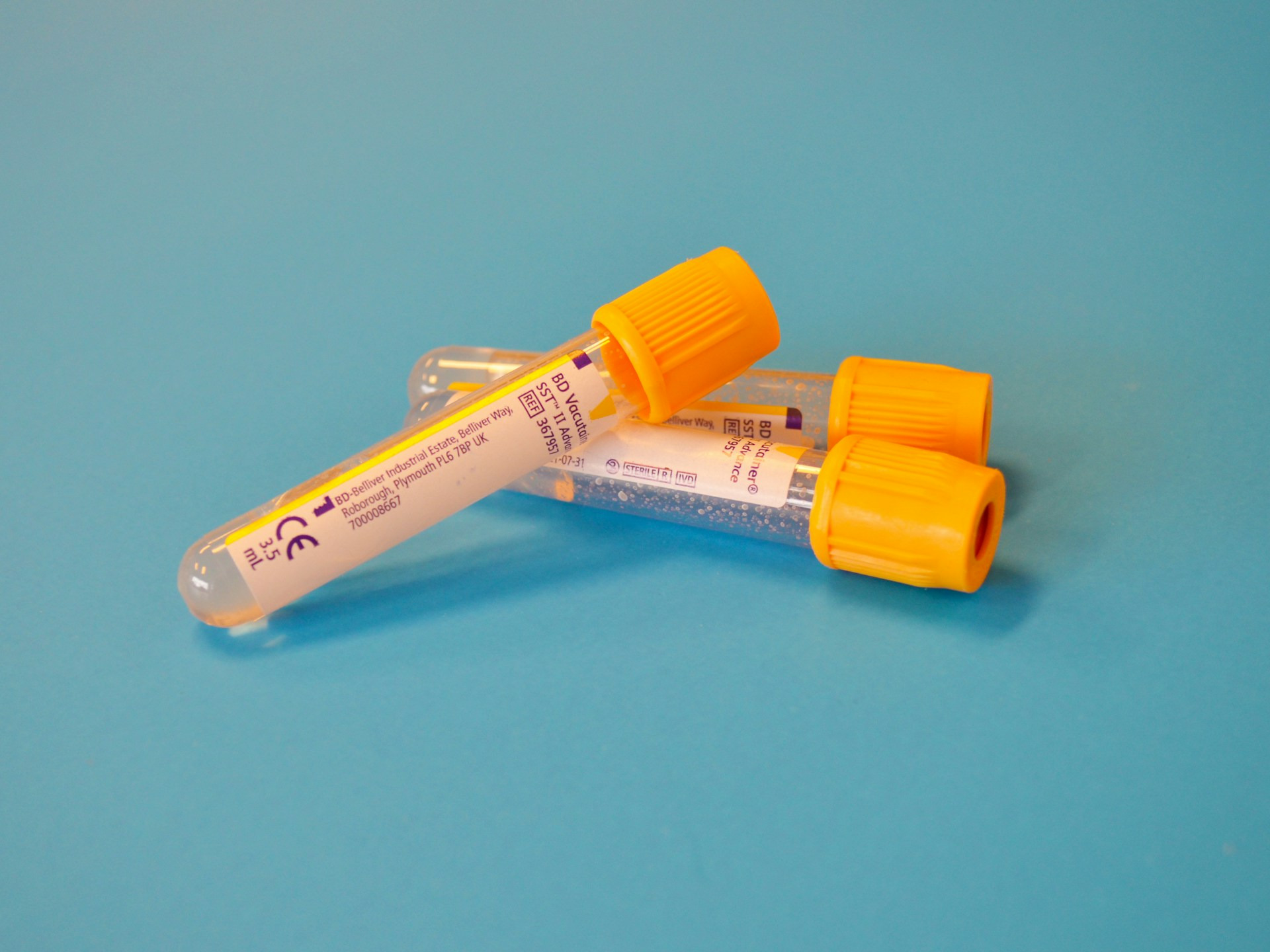Mini Guide to AST/SGOT Levels in Blood Tests
AST/SGOT is crucial for the function of all our body organs as it plays a key role in amino acid metabolism, which, in turn, is essential for cellular repair and energy production. Abnormal levels can indicate a number of health conditions, such as liver damage, heart problems, or muscle injury. This is why you will find it included in almost any routine blood test. Here is everything you need to know about its levels in the bloodstream and the actions you can take to keep them within the normal range.
What is AST/ SGOT?
Aspartate aminotransferase (AST), also known as serum glutamic-oxaloacetic transaminase (SGOT), is an enzyme found in the liver, heart, muscles, and other tissues. It is released into the bloodstream when these cells are damaged or die. As previously mentioned, AST is required for amino acid metabolism, which, in turn, is important for body functions.
What Are AST/SGOT Levels?
AST levels are measured in units per liter (U/L) and are a part of standard liver function tests. The normal range for AST is typically 5-40 U/L, although this can vary depending on the laboratory. AST is often linked with liver health, but elevated levels can also indicate issues in other organs. You must keep in mind though, that the results should only be evaluated by your healthcare provider, in conjunction with a number of other tests such as alkaline phosphatase (ALP), bilirubin levels, and gamma-glutamyl transferase (GGT).
Causes of Elevated or Low AST/SGOT Levels
Elevated AST/SGOT Levels
Cell damage often results in an increase of AST in the bloodstream. Common causes include liver damage (hepatitis alternatively known as liver inflammation, cirrhosis, fatty liver disease), heart problems (e,g, heart attack), muscle injury or strenuous exercise, excessive alcohol consumption, and medications such as statins or antibiotics.
Low AST/SGOT Levels
Low AST blood test results may be due to vitamin B6 deficiency as B6 is necessary for AST production, chronic kidney issues, or, rarely, severe liver damage.
Combined Evaluation of AST and ALT
Alanine aminotransferase (ALT) is another enzyme that is commonly measured alongside AST but is more specific to the liver. So, the co-evaluation of AST and ALT levels helps identify the type and extent of liver damage:
- AST/ALT ratio higher than one (AST is higher) indicates alcohol-related liver damage, cirrhosis, or metastatic liver cancer.
- AST/ALT ratio lower than one (ALT is higher) is typically seen in viral hepatitis or drug-induced liver injury
- An AST/ALT ratio that is greater than 2 often points to alcohol-related liver damage.
Tips on Maintaining Normal AST/SGOT Levels
As you probably understand by now, keeping your AST levels within the normal range is essential. Here are some tips:
- Avoid processed foods and excessive sugar. Eat nutrient-rich foods like leafy greens, fruits, and whole grains.
- Alcohol causes liver damage so avoiding it is a great idea.
- Stay active to support both your liver and your cardiovascular health.
- Monitor your health including a blood test at least once per year.
- Drink plenty of water. It detoxifies the liver and aids its function.
FAQs
What is a dangerous level of AST?
AST levels above 100 U/L may indicate significant health issues, such as liver disease or a heart condition. Consult your healthcare provider for an accurate diagnosis.
Can low AST levels indicate a problem?
Low AST levels are usually not concerning but may occasionally suggest conditions like vitamin B6 deficiency. They are also seen in cases of advanced chronic kidney or liver diseases and inflammatory diseases but in these cases they are typically accompanied by a range of symptoms.
How do AST and ALT differ?
While both enzymes are markers of liver health, AST is found in several organs, whereas ALT is more specific to the liver. Therefore, elevated ALT levels typically indicate liver-related issues more directly than AST.
By understanding AST/SGOT levels, you can better interpret your blood test results and work with your healthcare provider to manage your health. Also important are your liver’s regular monitoring and making healthy lifestyle choices.

Post a comment